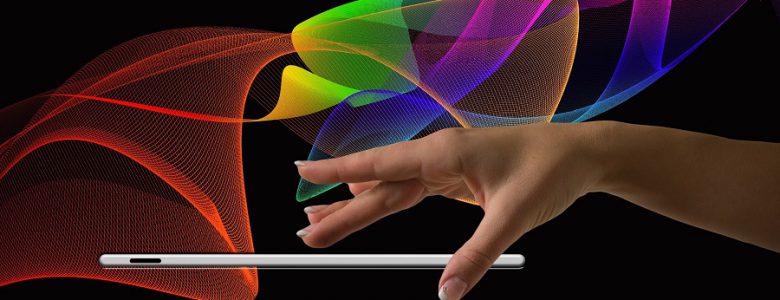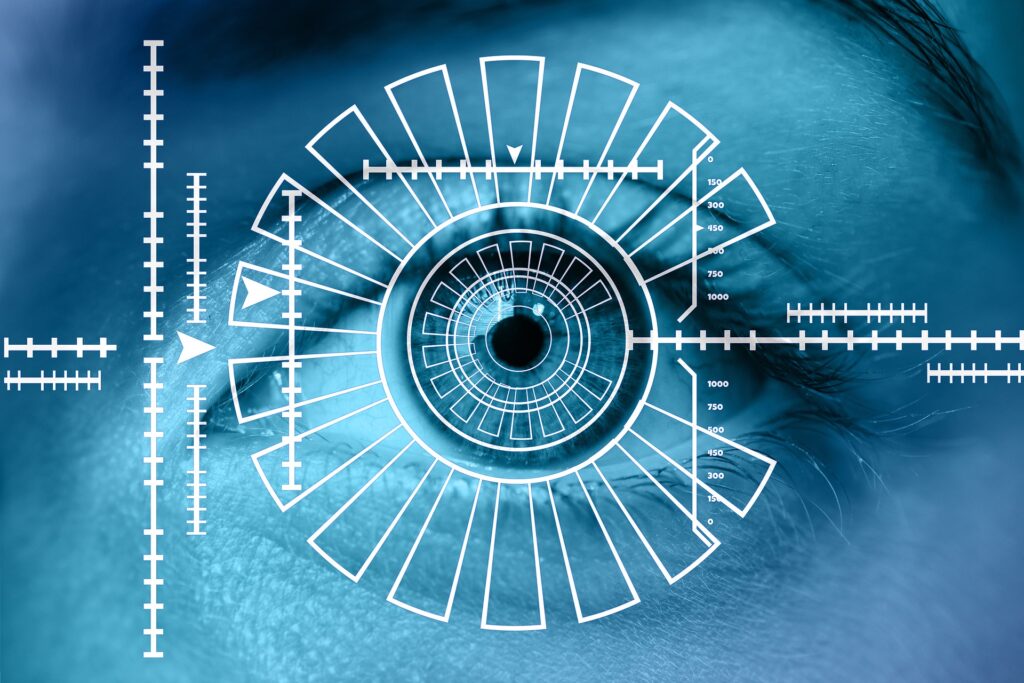
By David H.
User Experience (UX) and User Interface (UI) design impact how humans interact with a product or services. Both require a human-first approach to be successful. UX design deals with the overall user journey interacting with a product and UI design deals with the touchpoints the user might encounter along the journey. If analogies help your understanding, then this one from Dain Miller sums up the relationship nicely:
“UI is the saddle, the stirrups, and the reins. UX is the feeling you get being able to ride the horse.”
-Dain Miller, Web Developer
When considering UX/UI engineering trends, we should not limit our thinking to devices we commonly use (desktop computer, laptop, mobile phone) or how we commonly interact with them (keyboards, mouse, touchscreen). Emerging trends are meeting user needs for:
- Easy and secure access (Password-less Login and Biometric Authentication)
- Speed and convenience along with more natural interactions (voice, movements, glances)
- Relevant, contextual, and inclusive experiences (Personalization and Localization)
Technologies like Virtual Reality (VR), Augmented Reality (AR), Zero UI products, and 3D interfaces are enhancing how that need can be met.
Designing for virtual and augmented reality
Remember when Pokemon Go’s AR technology took over the world? VR/AR has moved beyond gaming to more everyday sectors like retail, travel, education, healthcare, and social media platforms. Retailers like IKEA, Target, and Home Depot are already incorporating augmented reality into their online shopping experience. And it’s creeping into the workplace. You may have heard about Facebook’s metaverse where users are connected to each other in a virtual environment by wearing a VR device. They are expanding that technology to a virtual reality remote work app where users can hold meetings as avatar versions of themselves.
Zero UI
Zero UI is a coined term by Fjord Designer Andy Goodman. By his definition, “Zero UI refers to a paradigm where our movements, voice, glances, and even thoughts can all cause systems to respond to us through our environment.” No more mouse clicks, keyboard typing, or screen tapping. Internet of Things (IoT) devices like smart speakers, smart cars, smart home appliances, and smart devices at work already use Zero UI. It allows a more natural way of communicating with devices using things like your voice, glances, and one day thoughts. As of 2021, around 43 percent of U.S. households say the own a smart home device (statista, https://www.statista.com/statistics/1247351/smart-home-device-us-household-penetration/).
Password-less Login
We all struggle with devising and memorizing passwords. It’s a common pain point for users. The protocols for setting a password, like including special characters, numbers, or upper and lowercase letters, compounds the situation. Though necessary for security reasons, these requirements add to the complexity and lead to frequent password resets by users. The solution that has gain momentum of recent is transitioning to “password-less” authentication such as logging in via social media accounts, fingerprints, iris scans, or phone unlock patterns. While passwords may never go away completely, they will be increasingly replaced or supplemented by other types of authentications.

Biometric Authentication
Authentication that is faster, easier, and more secure than conventional passwords. Users and businesses find benefit in this form of authentication including innovative technologies using iris scans, facial recognition, voice and even vein pattern recognition.
Personalization and Localization
Personalization is not new but advancing in ways that allow for a richer user experience. Going beyond those movie recommendations from Netflix or personalized music suggestions from Spotify to hyper-personalized user interfaces that change the appearance, tone, and position of elements based on individual preferences. Experiences that not only benefits businesses but provides users the convenience of getting the information they want without having to ask for it. For example, Domino’s “Zero-click Ordering App” leverages the consumer’s personalization profile to place an order without requiring a single click. UX design must balance the business objectives with the users need for authenticity and respect.
In tandem with personalization, localization connects with the mindset and culture of users from different parts of the world. Much more than mere text translation, the entire experience needs to be respectful and relatable. Users expect their own preferences and online culture norms to be accommodated. For example, a “Add to Cart” button might become “Add to Basket” for British users.
Voice User Interface
Voice user interfaces (VUI) like Siri, Amazon Alex, and Google Nest devices are already mainstream. According to MarketsandMarkets report, the speech and voice recognition market is expected to grow to $22 billion by 2026. People like the speed and convenience of not having to touch a device or spend time navigating to an app or typing out a message. UX/UI designers need to design visually in ways that cooperate with voice commands. Yet another example of Zero UI that also has application in biometric security systems.
Glanceability, Gestures, and Haptic Feedback
Face recognition and motion detection has opened new possibilities for ease of actions and expediate feedback. Facial recognition technology allows users to securely unlock laptop and computer screens with ease. Apple’s Face ID feature takes it to a whole new level allowing you to unlock your iPhone with just a glance. Gesture-based interfacing on some smartphones allow users to turn on a phone’s camera or flashlight without unlocking the phone. Touch and air gestures provide users a wide and inclusive range of interactions with devices. Haptic feedback provides users with a motion or vibration-based feedback when interacting with a device. For example, the light vibration you feel when typing a message on your smartphone. Most smartwatches and fitness devices use haptic feedback for notifying the end user.
These emerging trends in UX/UI engineering create a wealth of opportunities to solve user problems, make their user journeys more enjoyable, and provide expediate interactions taken with greater ease. We cannot let new technology drive the UX/UI design but instead empower it. The UX/UI design foundation remains the same. Define the user problems and needs to be solved first, then determine the right technology or trend that can assist in solving the problem and deliver a solid user experience.
